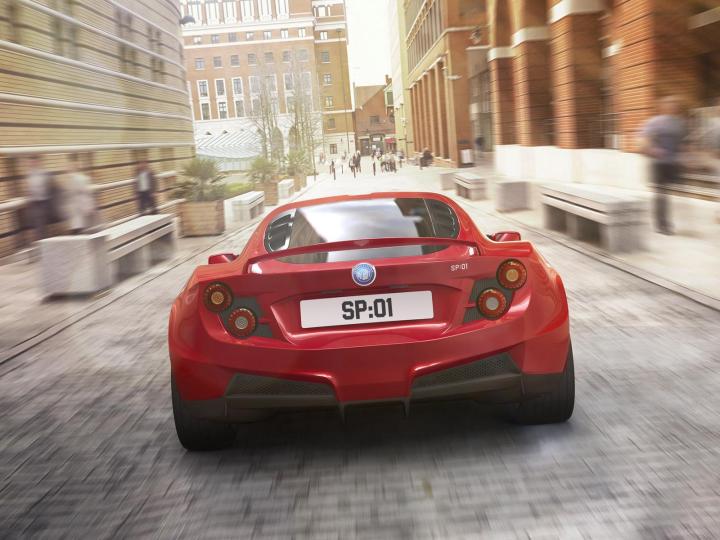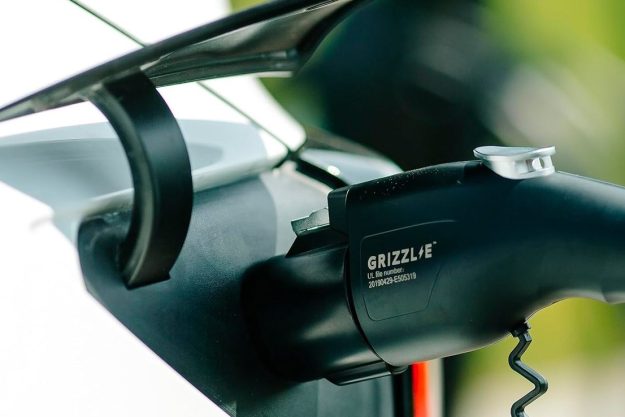
Once a prominent electric carmaker in the early 1900s, Detroit Electric fizzled out in 1939 after the stock market crash of 1929 and the company’s resulting bankruptcy eventually took their toll.
The brand was revived in 2008, with the buzz garnering, American-made SP:01 leading the charge. Only now the car will be made in the U.K.
The Lotus-sourced electric has also been billed “the world’s fastest production electric vehicle,” but it just isn’t. The 286-horsepower SP:01 and 691-hp Tesla P85D share a 155-mph top speed, but the Tesla’s 3.2-second 0 to 60 mph time is .5 seconds quicker than the SP’s.
Additionally, Detroit Electric’s creation was originally designed to be a roadster, and now we’ve learned it will be a fastback coupe.
But hiccups aren’t intrinsically bad. Each car travels a long path before it ever sees the road, and some are simply more tumultuous than others. As far as the SP:01 goes, it might just be worth the trouble.
Related: Detroit Electric’s SP:01 shows signs of life
We reported in July that Detroit Electric was nearly done testing the sports car, and this week the automaker released the first official photo of the vehicle’s final design.
The biggest revelation, as we alluded to earlier, is that the car now employs an aerodynamic fastback design instead of a roadster layout. Gone are the flying buttresses of the preproduction car, although the Elise-style taillights remain.
The finalized front fascia hasn’t been officially released, but don’t expect a huge deviation from the Lotus Evora-like face showcased in the car’s design photos. As far as we can tell, the SP:01 will be a very pretty car, and much lighter than the Tesla as well.
We’re still a ways off from the Detroit Electric’s 2015 on-sale date, so stay tuned for more details. If this car has taught us anything thus far, it’s to expect the unexpected.
Editors' Recommendations
- Mercedes’ electric eSprinter isn’t just greener, it’s better
- Why Tesla’s promise to deliver 500,000 electric cars in 2020 isn’t unrealistic
- Fisker wants to make sure Tesla’s Model Y isn’t in a class of one when it lands


